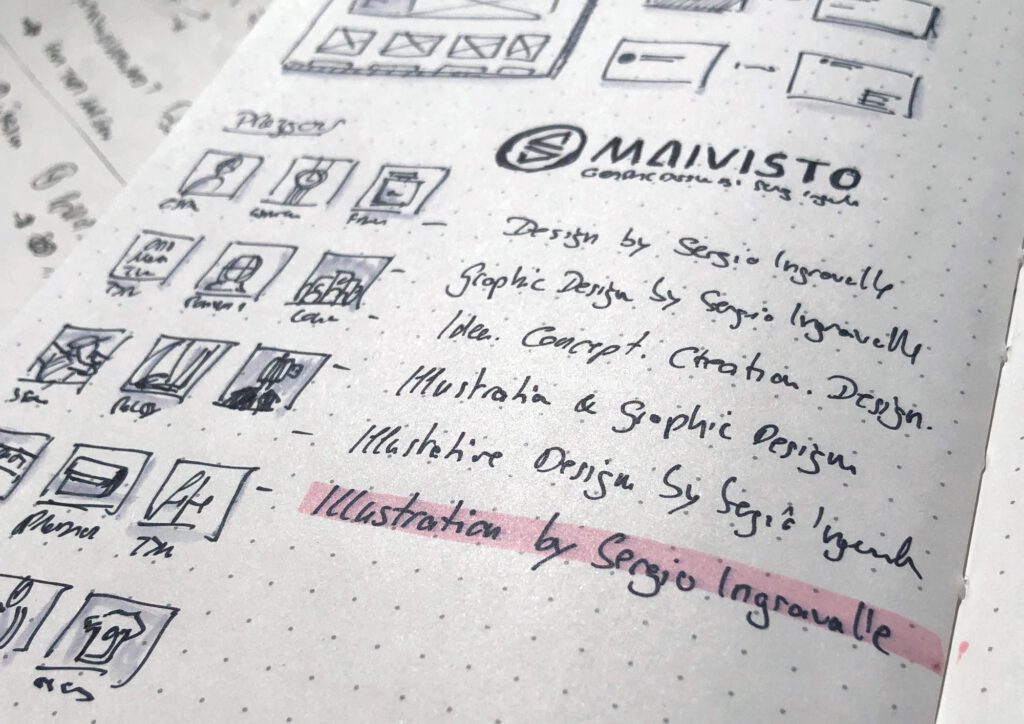As soon as we decide to take money for what we love to do, a new era in our life begins. Often this is the step from a casual hobby, from an amateur to a professional mindset. Suddenly it’s all about delivering, meeting expectations, deadlines, and much more.
The fact that we usually sell ourselves short at the beginning is inevitable. That’s because we misjudge the workload due to lack of experience or endlessly tweak the design out of insecurity before presenting it to the client. Or maybe we’re just happy to make a little money doing what we enjoy the most.
When I decided to go into illustration, I quickly realized that my prices were too low. But at the same time, I realized what I needed to work on to change that. With the increasing quality of my work, an optimized working process, and a focused, sophisticated online portfolio, I would be able to raise prices confidently.
So it’s all about working on ourselves first. The best part is that with the increasing quality of our work and the courage to share it with the world, people will take notice and eventually hire us. And that’s so much more pleasant than knocking door-to-door and making uptight sales pitches.

